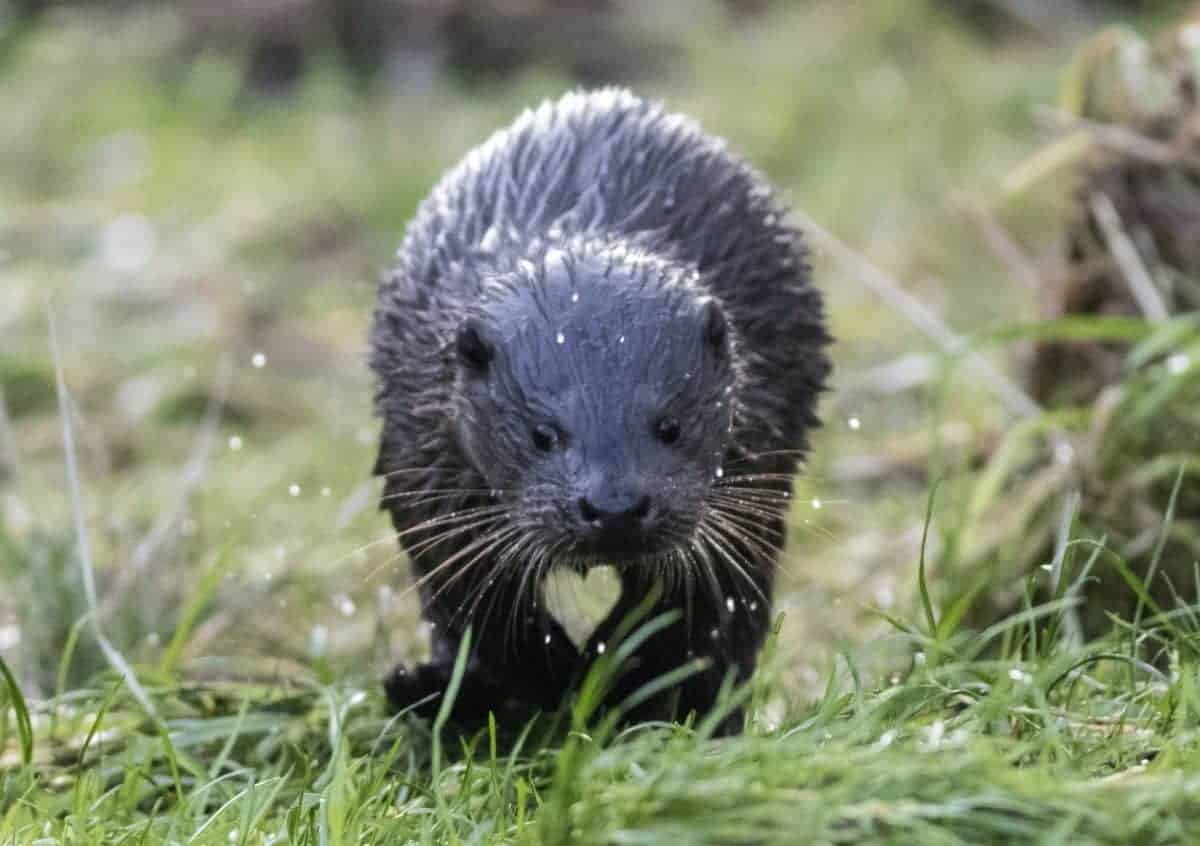
Credit;SWNS
Climate change could wipe out half of the planet’s animal and plant species by 2070, a new study warned.
The US researchers identified rising maximum temperatures as the key threat to animals and plants, which both face a similar risk of extinction.
In the first global analysis of climate change’s extinction patterns, scientists tracked species in hundreds of locations to reveal how much heat they could tolerate.
They found that about half of the species became locally extinct when maximum temperatures increased by more than 0.5 degrees celsius, and 95 per cent if temperatures rose by more than 2.9 degrees.
Commenting on the findings, study author Dr John Wiens, at Arizona University, said: “In a way, it’s a ‘choose your own adventure.
“If we stick to the Paris Agreement to combat climate change, we may lose fewer than two out of every 10 plant and animal species on Earth by 2070.
“But if humans cause larger temperature increases, we could lose more than a third or even half of all animal and plant species, based on our results.”
The ecologists behind the study said accurately predicting biodiversity loss from climate change requires understanding specifically what causes extinctions, and what mechanisms species could deploy to survive.
To estimate the future perils of climate change for wildlife, the ecologists looked to local extinctions that have already happened, based on repeated studies of plants and animals over time.
They analysed data from 538 species and 581 sites around the world, focusing on plant and animal species that were surveyed at least 10 years apart at the same sites.
In addition, they gathered climate data from the time of the earliest survey of each site and the latest survey.
The results revealed that almost half (44 per cent) of the 538 species had already gone extinct at one or more sites.
Study co-author Cristian Román-Palacios said: “By analysing the change in 19 climatic variables at each site, we could determine which variables drive local extinctions and how much change a population can tolerate without going extinct.”
He added: “We also estimated how quickly populations can move to try and escape rising temperatures.
“When we put all of these pieces of information together for each species, we can come up with detailed estimates of global extinction rates for hundreds of plant and animal species.”
The study identified maximum annual temperatures – the hottest daily highs in summer – as the variable that best explains whether a population will go extinct.
The researchers were surprised to find that average temperatures were a ‘misleading’ predictor of local extinction despite being widely used as a proxy for overall climate change.
Previous studies have focused on dispersal – or migration to cooler habitats – as a means for species to ‘escape’ from warming climates.
However, the authors of the current study found that most species will not be able to disperse quickly enough to avoid extinction, based on their past movements.
The ecologists also warned that tropical species are between two to four times more likely to perish, compared to wildlife in temperate regions.
Dr John Wiens said: “This is a big problem, because the majority of plant and animal species occur in the tropics.”
The study was published in the Proceedings of the National Academy of Sciences journal.
Related – Boris Johnson rebuffs claims he is reviving climate change denial beliefs